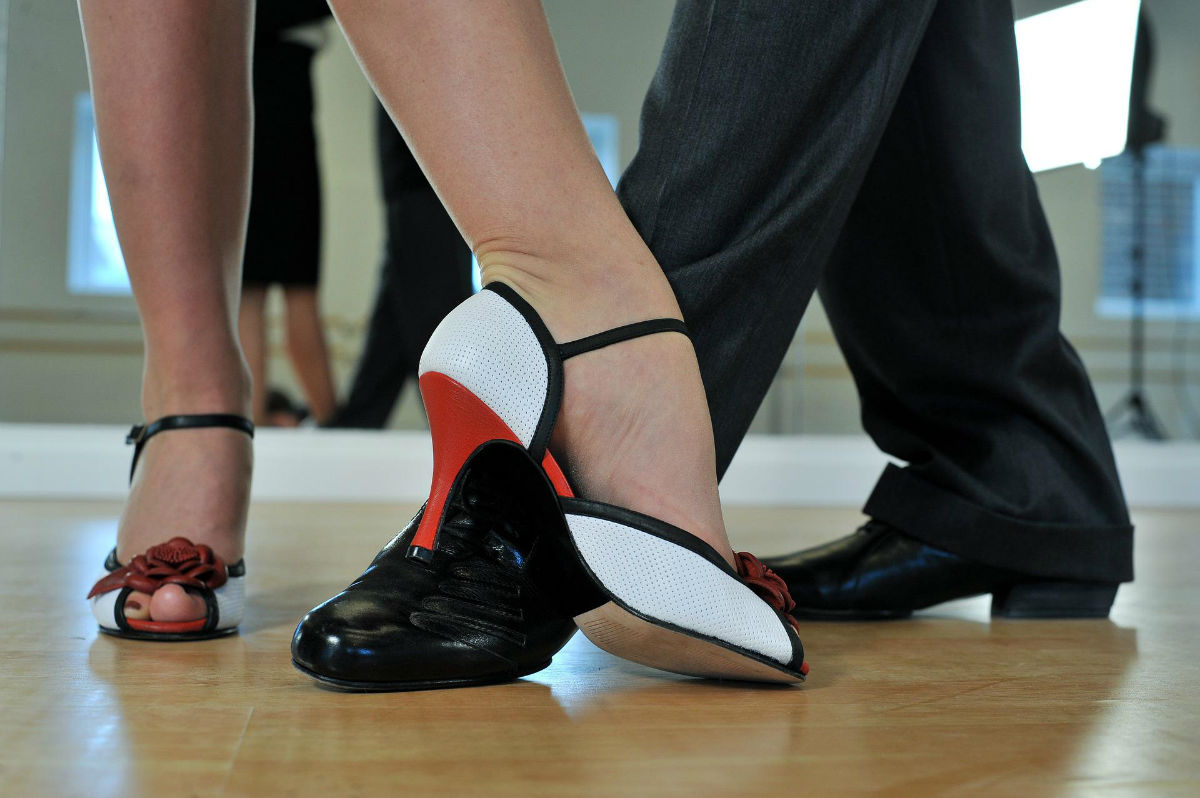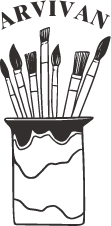Are you passionate about Tango music and dance ? Do you want to learn more about its origin? The history of this dance, very appreciated today and having known a great success in the great periods, is rather enthralling. Discover here all the main lines of the existence of the Tango.
The birth of the tango
The tango is a musical genre born towards the end of the 19th century. It made its debut on the swampy banks of the Rio de la Plata in Buenos Aires. Indeed, at that time, traveling to Argentina was the dream of many people. There were many beautiful landscapes to discover. Also, the cultural heritage of the country was and still is impressive. Because of this, Buenos Aires welcomed many European immigrants by boat.
At that time, there were habaneras, guajira, tango flamenco that were practiced by Argentines. Also, the descendants of African slaves continued to practice these dances to the rhythm of their drums.

It is from this cultural mixing, of this musical fusion that was born first the milonga, then the tango. Thus, the drums, the flutes, the guitars were replaced by the piano, the violin and the bandoneon. These are the three basic instruments of tango.
In addition, it should be noted that tango is a popular art that was also revealed in Montevideo and Uruguay. It would therefore be difficult to record a birth certificate for it. Its nickname of “bad boy dance” comes from the fact that it was practiced in the street, the conventillos. These places of misery welcomed many immigrants.
The golden age of tango
The 1940s and 1950s were particularly important in the history of tango. It was the perfect time for to go to Argentina to appreciate the quintessence of this dance. Indeed, it was during this period that Tango experienced a full development in music, poetry and dance.
The ballrooms and orchestras grew. The grounds intended for the sport were also transformed into places of dance. Dancing was everywhere. The posture of the dancers, the style of the dance changed. Hence, the advent of the tight crossover where the woman is placed in front of the man.
The particular case of the musician Astor Piazzolla emancipated the tango. This man deconstructed the traditional rhythms and introduced new instruments, such as the electric guitar in the orchestra.
In addition, the art of poetry reached its peak thanks to poets like Alfredo Le Pera. He is considered the first to reveal the tango poetry to the world. José González Castillo and his son Cátulo Castillo, Homero Manzi, Enrique Santos Discépolo are some of the characters that brought change to this era.
The decline and rebirth of tango
Very quickly, the great success of tango fell into decline. The rhythms of jazz as well as the movements of swing made people finally get tired of the traditional tango. The youth, especially, became more interested in the new music of the northern continent of Latin America. Thus, many orchestras have dissolved and the “tanguerias” have closed their doors. In fact, the whole culture of Argentina received a big blow. This is mainly due to the great political instability that reigned at that time.
Nevertheless, the tango knew how to remake itself a name in spite of all that. It took the birth of some new interpreters and some shows to give back the taste to the Argentines. Thus, the traditional balls, the other places of dance reopen their doors. Towards the 1990s, there was a multiplication of tango courses.
On their side, the interpreters became professionalized. They take some steps in other dances and insert acrobatics in the tango. The tango was thus displayed freely, and the spectacles multiplied until this day. The electronic tango of Malevo or Gotan Project was born behind the guitar and the electric bandoneon of Piazzolla.
